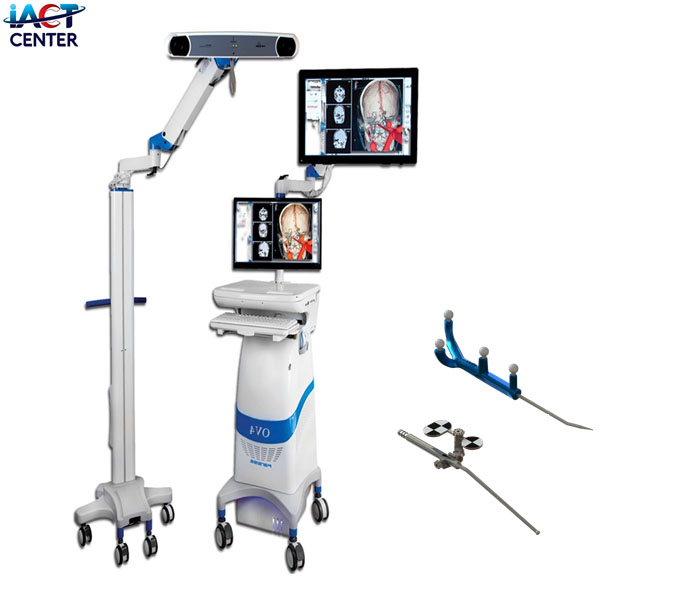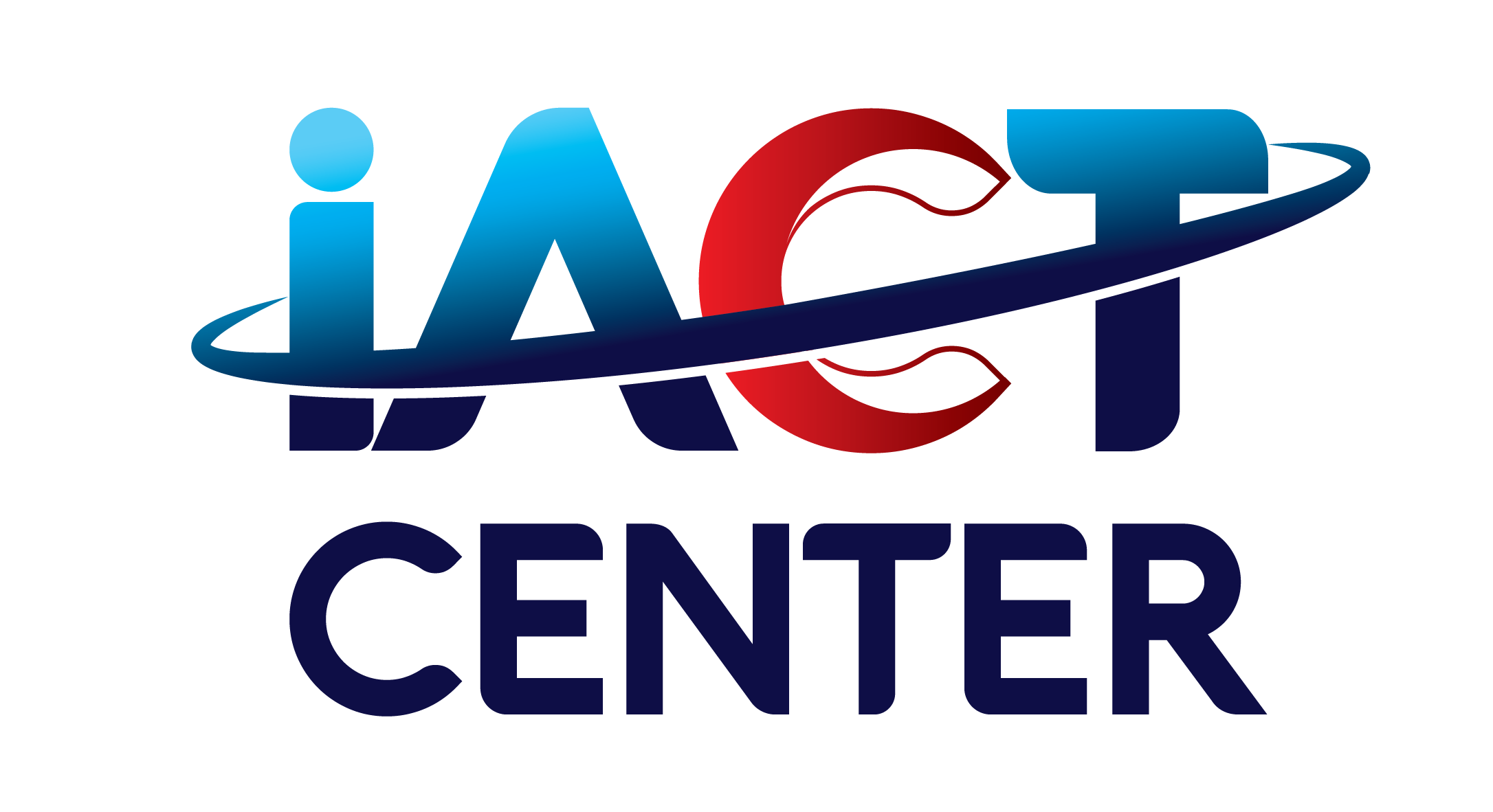Compo: Parsiss Surgical Navigation System
Parsiss navigation system by using advance technologies in medical image analysis, and visualization combined with real time tracking systems, improves clinical accuracy and guidance in biopsy, brain tumor and skull base, ENT, and spine surgeries.
In the last decade, the use of Global Positioning Systems (GPS) has been so common among humans that in today’s world it is unlikely to navigate anywhere without GPS devices. Similar to what GPS has done for geographic navigation, in the near future, it will be difficult to imagine surgery without using image-guided surgery (IGS) systems.
IGS systems make it possible to view three-dimensional details of a patient’s body, such as complex brain structures, deep nasal cavities, the base of the skull, and the structure of the spine by real-time tracking instruments during surgery.
The surgeon can easily monitor the surgical procedure using these systems, so that it can be controlled and identify the beginning and end of healthy tissues and tumors. Because of the precision that image-guided surgery technology provides, surgeons are able to create an exact, detailed plan for the surgery — where the best spot is to make the incision, the optimal path to the targeted area, and what critical structures must be avoided.

Also, IGS systems without any interfering with medical decisions increase accuracy and reduce errors of surgery. It should be noted that increasing the accuracy of surgery is one of the most important factors that has made these systems popular.
In one of the recent researches, IGS has been examined from 4 parameters of surgical quality, surgical speed, position awareness, and possible risk. The results showed that the use of this technology leads to improvement in all parameters, especially with increasing frequency of use.
The total revenues for the IGS market in Western Europe were 214.6 million dollars in 2010. The market is reached about 285.0 million dollars in 2014, growing at a compound annual growth rate (CAGR) of 10.1 percent from 2008 to 2014. While the IGS market in 2018 was about 770.0 million dollars, it is expected to cross $6.5 billion by 2024, growing at a CAGR of 7.3% over the 2018 to 2024 period, driven by the rapid adoption of accurate IGS systems for minimally invasive procedures.
Based on the presented report in iHealthcareAnalyst in 2019, the market growth is mainly affected by the benefits for patients and healthcare providers offered by IGS, which enhance market acceptance. Furthermore, it seems the Asia Pacific region poised to become the fastest-growing market in the near future, due to the growing elderly population, an increasing number of various surgical procedures, and availability of improved healthcare infrastructure in developing countries.
In the following, we will discuss the importance and application of IGS systems in the following areas:
Neurosurgery and spinal surgery
Ear, nose and throat surgery (ENT)
Oral and Maxillofacial Surgery
Bronchoscopy


